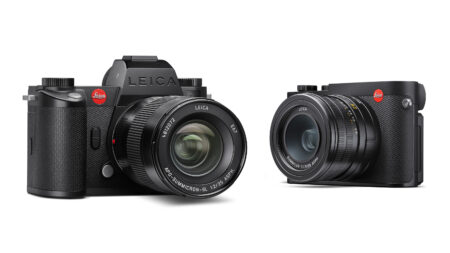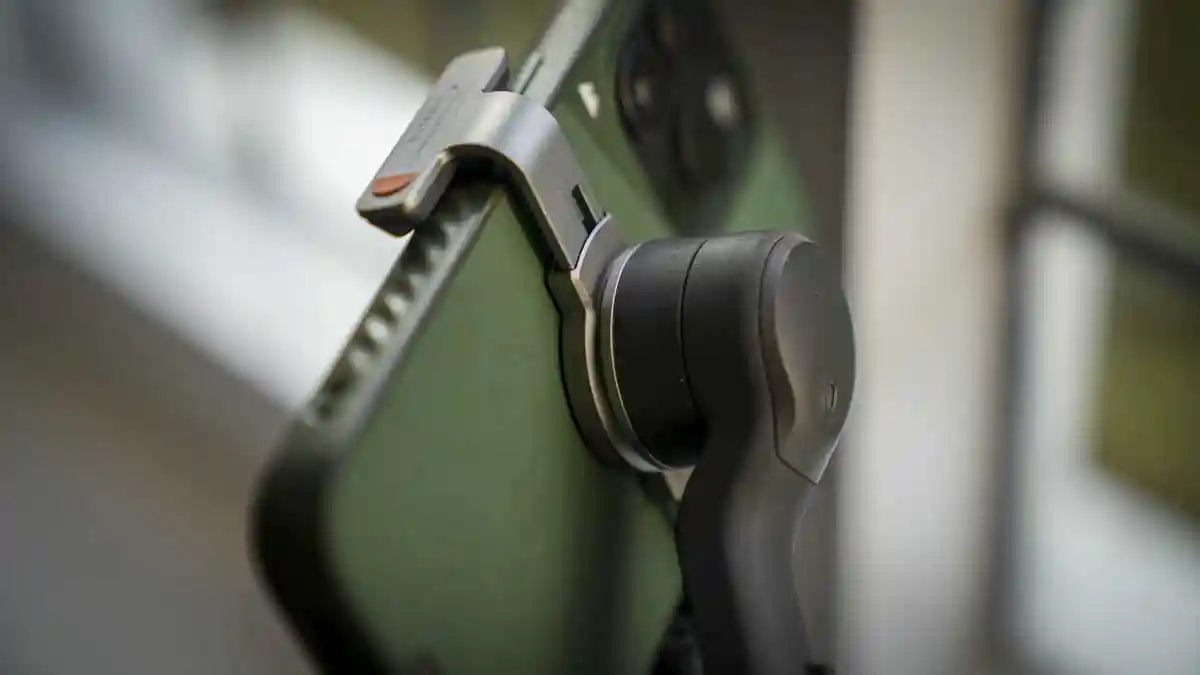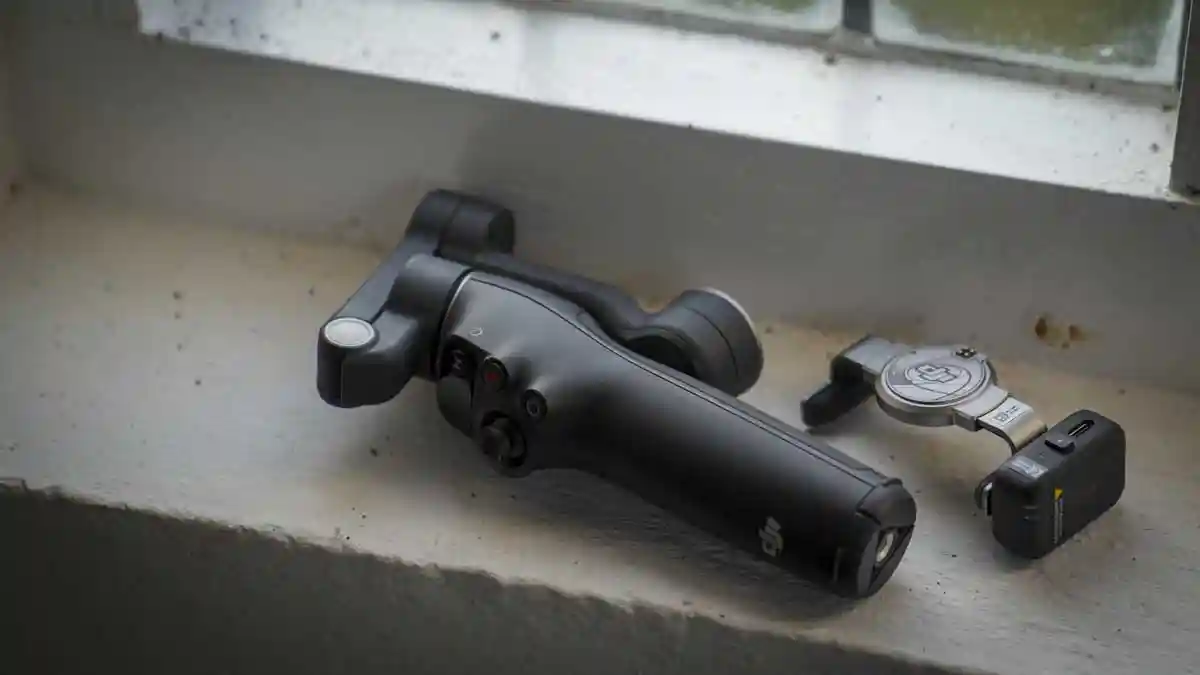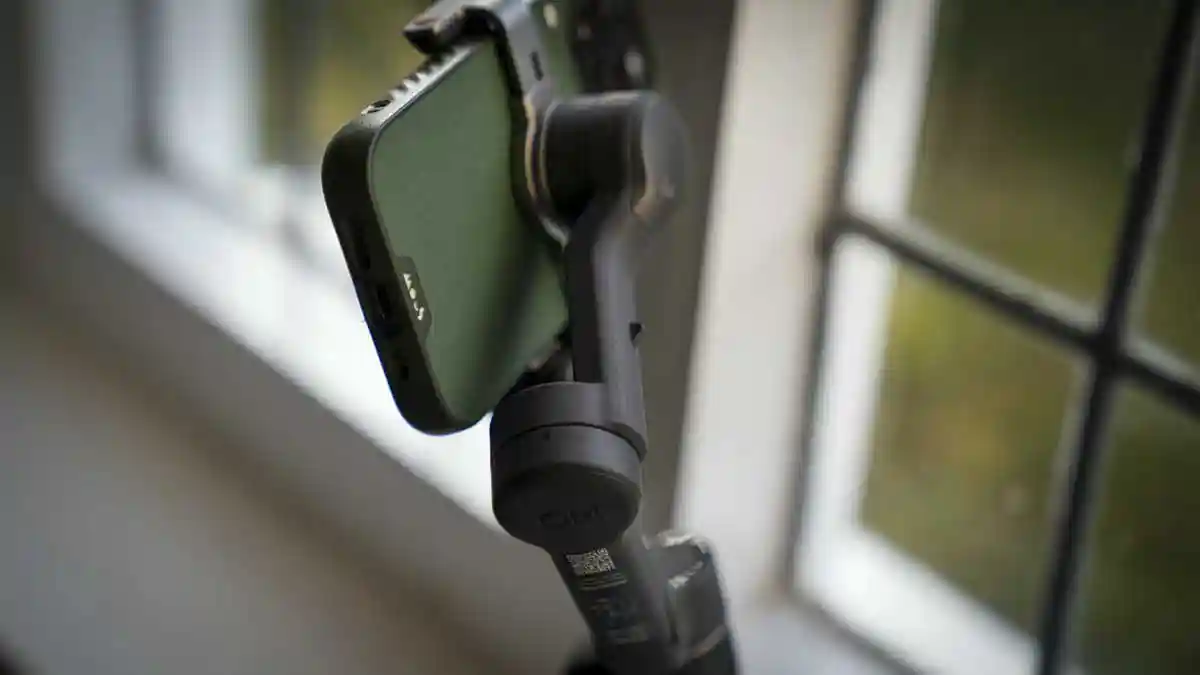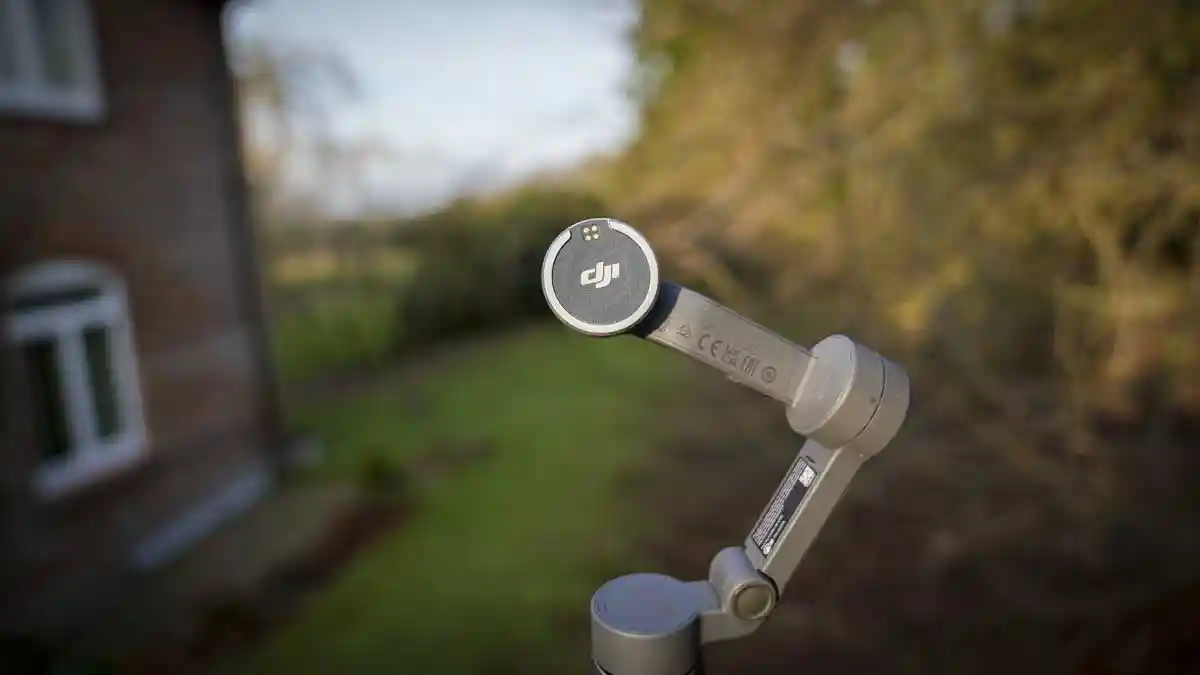The DJI OSMO Mobile 7P is DJI’s 7th-generation smartphone gimbal that once again leaps forward when it comes to the design, functions, and features of these compact devices. As with past models, the OSMO Mobile 7 has been designed to work with your smartphone and, through the DJI Mimo App, unlocks powerful video creation features that will help transform your smartphone video into professional productions.
However, while the previous OSMO Mobile devices were excellent, over the years, I’ve looked at most and this latest release takes things to the next level. This elevation in features is all due to the new multifunctional module. This module is something new to DJI, but many of its key features have been seen on gimbals from the likes of ZHIYUN and Hohem. Most notably, the AI tech enables the gimbal to track outside of the DJI Mimo app, essentially meaning that you can integrate many of the more advanced features of the gimbal into other apps that you use and start and stop recordings and other functions with a series of hand gestures.
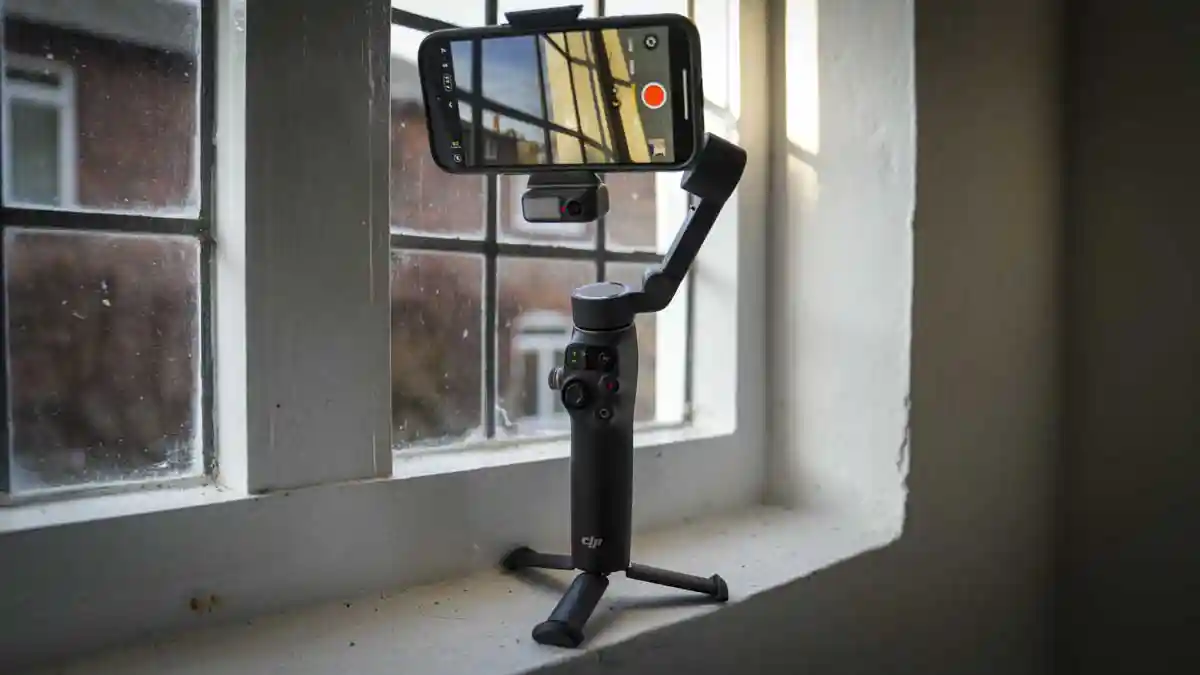
On the front, alongside the small AI camera, is the small, well-diffused LED fill light. This throws just enough light to act as a decent fill light for close-range work, and the fact that it incorporates temperature and brightness adjustments helps to add to its usefulness.
Alongside the features we’ve seen from other manufacturers—although not yet in a single modular unit such as the one on offer here—we also have one of the most powerful tools for any content creator: the integration of a receiver that can be used with the DJI Mic Mini. This integration enables you to record professional-level audio easily and provides high-quality footage and sound that will instantly help transform the quality of your videos, enabling you to keep the entire content creation process fully contained within your phone and a single app.
That’s essentially what makes this gimbal different from all others—the ability to easily integrate this new hardware and the extras that it offers into the apps and features that you already own and know.


